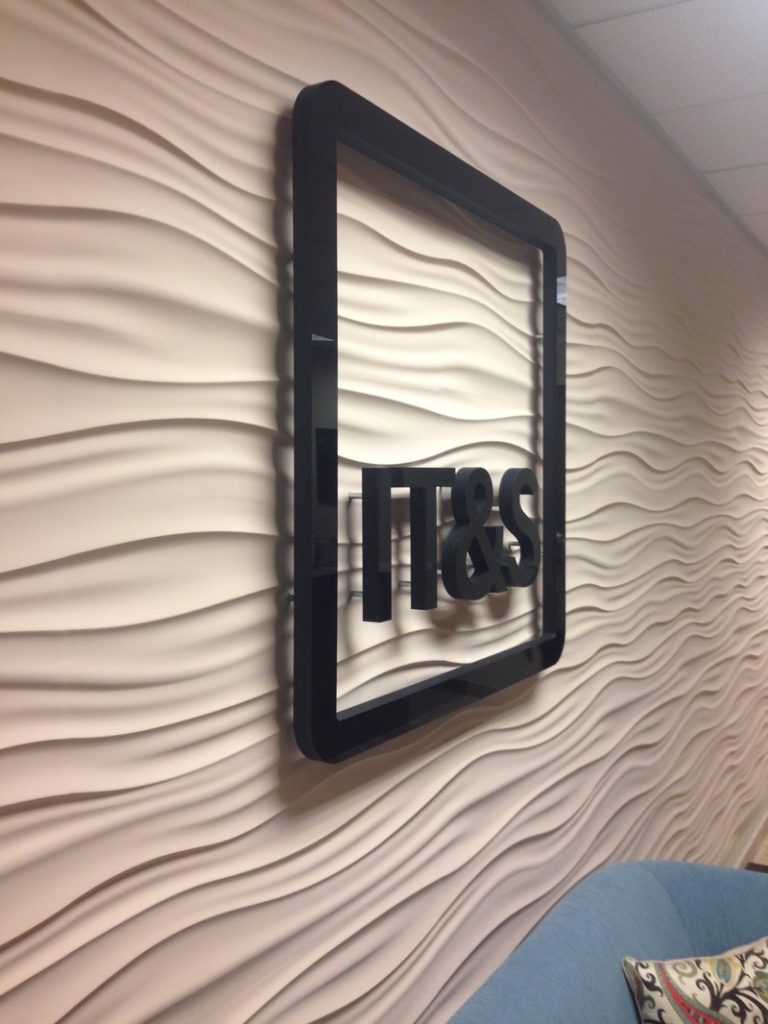GFRG, or Glass Fiber Reinforced Gypsum, consists mostly of high-density and low-alkalinity gypsum cement mixed with reinforcing glass fiber. It’s used as an alternative to Glass Fiber Reinforced Concrete and as an alternative to molding work that has typically been done in plaster. GFRG is lightweight, strong and installs more easily than plaster. It’s highly versatile and can be used in ornamental and open-ended applications that match any interior design objective and set your office space above the standard. If you want your business’ office to stand out, here are a few different ways you can incorporate GFRC into the structure.
Interior Structure
GFRG is suitable for almost an unlimited number of applications for interior design apart from high-use areas like floors or areas with a lot of dampness, such as pools or fountains or rain. According to SureCrete Design, it also can be incredibly strong. Suitable structural applications include:
- Columns
- Domes
- Wall and ceiling panels
- Vaults
- Moldings
- Bas Relief
- Light coves
- Custom designs
Decorative Elements
According to Up Ceilings, GFRG can be molded into virtually any shape or design, limited only by the imagination. It can be cast in any kind of curve or shape, including organic shapes, patterned surfaces or sculpted details. It only weighs about 2 or 3 pounds per square foot. Manufacture and molding are typically done off-site, and it sets fast, which cuts down on construction costs and time, and it’s easy to install. It’s flame-resistant, durable and low maintenance. GFRG can be painted or color-matched to replicate a whole range of materials and textures, including gold leaf, bronze, copper, marble, granite, sandstone, wood grain, and tiled mosaics. Creativity has no limits. As a lightweight material, GFRG can also be shaped into unique and inventive and contemporary designs that communicate your brand. Anything’s possible.
Manufacturing and Installation
Installations typically start with CAD-generated architect’s drawings converted from interior design imagery. On approval, CAM machines, run by a computer, produce parts models for creating molds. Once molds are complete, casting starts with a facing coat and completes with fiber-reinforced fill. After hardening, the molds are taken out to be cleaned and to dry. After quality inspection, they’re ready to ship. Depending on the size, parts are installed complete or in pieces.
With its nearly unlimited applications, GFRG can be used to solve design problems that might otherwise have called for impractical materials, such as heavy and expensive stonework. It can also take on complex or custom shapes, personalized to your business or office, that convey your brand’s ingenuity and message.
To make your business look even more amazing, get one of our custom interior signs!

